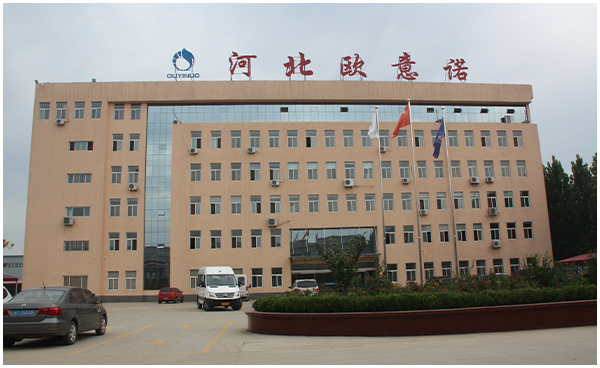
Nov . 30, 2024 12:08
Back to list
Choosing the Right Natural Gas Valve for Your Home and Safety Needs
Understanding Natural Gas Valves Essential Components for Safety and Efficiency
Natural gas is a vital energy source that powers homes, businesses, and industries worldwide. As the reliance on this cleaner fossil fuel increases, ensuring the safety and efficiency of natural gas systems becomes paramount. One of the critical components in these systems is the natural gas valve. This article explores the types, functions, design, and importance of natural gas valves in various applications.
What is a Natural Gas Valve?
A natural gas valve is a mechanical device designed to control the flow of natural gas within a pipeline or system. These valves are essential for regulating gas pressure, stopping flow during emergencies, and maintaining safe operation conditions. Valves are used in various stages of natural gas distribution, from extraction and processing to transportation and end-use applications.
Types of Natural Gas Valves
Natural gas valves come in various types, each serving a unique purpose
. Here are some of the most common types1. Ball Valves These valves feature a spherical disc that can rotate to open or close the flow path. They provide a tight seal and are widely used due to their reliability and ease of operation.
2. Gate Valves Gate valves use a wedge-shaped disc to control flow. They are typically used in applications where a straight-line flow of gas is required and are ideal for on/off control but are not recommended for throttling.
3. Globe Valves Designed for throttling flow, globe valves utilize a spherical body with an internal baffle. They provide excellent control over gas flow but have a higher pressure drop.
4. Check Valves These valves allow gas to flow in only one direction, preventing backflow that could damage the system. They are crucial for maintaining system integrity.
natural gas valve

5. Safety Valves Safety valves are designed to automatically relieve pressure when it exceeds a predetermined limit. They play a critical role in preventing explosions and ensuring safe operations in gas systems.
Functions of Natural Gas Valves
Natural gas valves perform several essential functions
- Flow Control Valves regulate the amount of gas entering an appliance, ensuring optimal performance and efficiency. - On/Off Control They allow operators to completely stop the flow of gas during maintenance, emergencies, or system shutdowns. - Pressure Regulation Valves help maintain required pressure levels within gas systems, preventing damage to pipelines and equipment. - Safety Mechanism By using safety and check valves, gas systems can protect against overpressure and backflow, reducing risks associated with gas leaks.
Design Considerations
The design of natural gas valves must consider factors such as pressure ratings, material compatibility, and environmental conditions. Materials commonly used include brass, stainless steel, and plastics, each chosen based on the specific application and requirements. Additionally, valves must be capable of withstanding high pressures and temperature variations typical of natural gas environments.
Importance in Systems
Natural gas valves are crucial for the overall safety and efficiency of natural gas systems. A well-functioning valve can significantly reduce the risks associated with gas leaks and explosions. It is essential for operators and technicians to regularly maintain and inspect these valves to ensure they are in good working condition.
Conclusion
Natural gas valves are indispensable components in the natural gas industry, contributing to safe and efficient gas flow in various applications. Understanding the types and functions of these valves allows for better maintenance practices and promotes overall system safety. As the demand for natural gas continues to grow, the role of valves in ensuring dependable and secure gas delivery cannot be overstated. Investing in high-quality valves and maintenance practices will help to secure the future of natural gas usage, providing a reliable energy source for generations to come.
Next:
Latest news
-
Safety Valve Spring-Loaded Design Overpressure ProtectionNewsJul.25,2025
-
Precision Voltage Regulator AC5 Accuracy Grade PerformanceNewsJul.25,2025
-
Natural Gas Pressure Regulating Skid Industrial Pipeline ApplicationsNewsJul.25,2025
-
Natural Gas Filter Stainless Steel Mesh Element DesignNewsJul.25,2025
-
Gas Pressure Regulator Valve Direct-Acting Spring-Loaded DesignNewsJul.25,2025
-
Decompression Equipment Multi-Stage Heat Exchange System DesignNewsJul.25,2025

